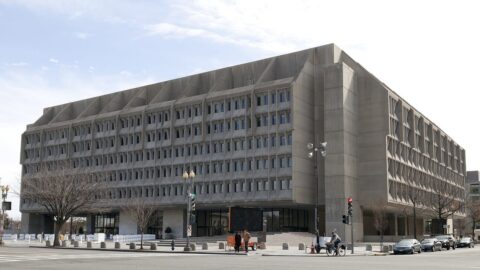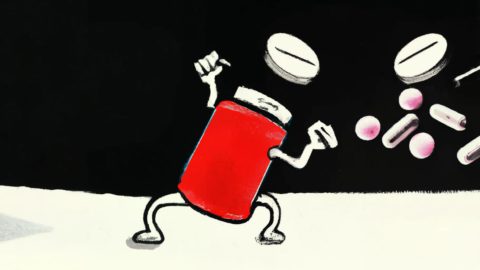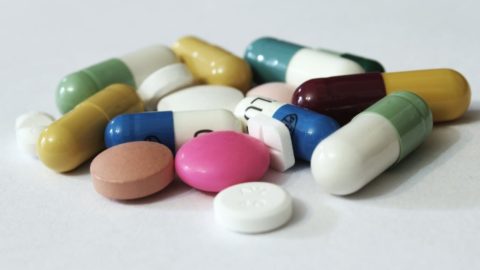It’s moving week at the Cost Curve offices, so the newsletter — while it will appear — is going to show up at slightly more random times. Thanks for your patience, and good evening.
Thirty-three cents a day. Ten dollars a month.
That’s what the government said that the average Medicare beneficiary pays out of pocket for Fiasp/Novolog, a fast-acting insulin that is facing Medicare price controls. Here’s the tweet from Friday:
$121 a year is a low number. I mean, that would mean that the average Fiasp/Novolog patient is paying less for insulin than the average American spends shopping while drunk*.
To be clear: 33 cents a day is still 33 cents too much. I’m on board with the idea that there’s no good justification for cost-sharing in chronic diseases. But even with that caveat, 33 cents a day is a pretty small number.
Now, the number may somehow be inaccurate. $121 a year feels too small to me, given how the Part D drug benefit works, so I figure there is a non-zero chance that the numbers are wrong. I’m obviously rooting against that, because I want to live in a world where the Part D benefit works smoothly and insulin prices for patients truly are low **.
But this isn’t entirely about the math. It’s about defining the problem we’re solving. The IRA has been sold as a solution to the problem of high drug prices for seniors, but the HHS numbers suggest that the burden is huge problem for Novolog (especially with the $35 out-of-pocket cap on insulins that was also a part of the IRA).
If you listen to the patient presentations to CMS on the topic on Friday, it sounds like there is a second problem: access. It’s easy for insurance companies to change which brands of insulins get covered, forcing patients to constantly adapt. The IRA does nothing to solve that problem. Sure, getting a price even lower than 33 cents a day is great if that’s the insulin you want and need. But if it’s not the right insulin, the IRA could do as much harm as help.
* Apparently, we spend $40 billion annually on alcohol-inspired shopping, which ends up working out to $160 per adult on average.
** I also want to live in a world in which CMS isn’t sloppy with math. If the IRA is to work, it needs to be transparent, fair, and value-driven. Otherwise, it’s just a political process, one with giant implications for the public health. I’d much rather it be the former, which is going to require a belief that we should get the numbers right, rather than the latter, which treats details as rhetorical weapons that need not be taken seriously as facts.
Confession: I don’t have a Bloomberg Law subscription, so I can’t read past the nut graf of this story that suggests that the plan for California to manufacture its own insulin (with CivicaRx) is behind schedule. But I suspect that no one finds this surprising. In a world of plummeting net prices for insulin, there’s a lot less savings to be squeezed out of the system than politicians probably believe.
Proposed rules that would change the regulation of pharmaceuticals in the EU — most notably by reducing exclusivity periods — will drive down R&D spending in Europe by more than $2 billion a year, according to an industry trade group. Those dollars, said Novo Nordisk’s CEO, are likely to flow to the United States.
I talked a little last week about new PBM legislation that would impact the way that the middlemen set out-of-pocket costs. In some cases, mandating patient cost-sharing be based on net prices, not list prices, and changing the rules in Medicare Part D to ensure that biosimilars had better formulary placement than the brand-name drugs. We’re starting to see reactions come in, and this response — in favor — from the Biosimilars Forum is worth a read.
If you’re looking for a broader look at the PBM industry, this is a sold JAMA Health Forum overview.
Worthwhile historical perspective from Bloomberg on how Brazil went from being an HIV-treatment leader to a place where — because newer HIV medicines aren’t being licensed to generic drugmakers — patients often lack access to the best treatments.
If this email was forwarded to you, and you’d like to become a reader, click here to see back issues of Cost Curve and subscribe to the newsletter.





